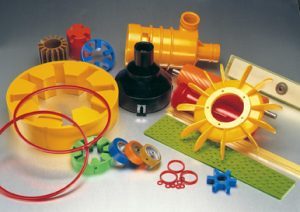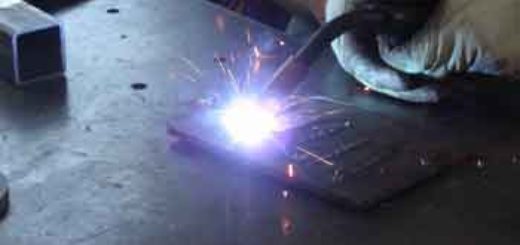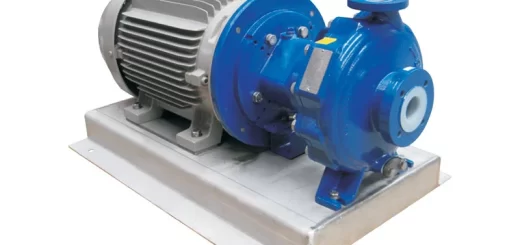Thermosets uses, features, advantages and disadvantages
The thermosets are ideal for high-heat applications such as the electronics & the appliances, They have the polymers which cross-link together during the curing process to form the irreversible chemical bond and the process can eliminate the risk of product remelting when heat is applied.
Thermoset advantages
Thermoset materials enhance chemical resistance, the heat resistance & the structural integrity, They can improve the material’s mechanical properties and the thermoset plastics are used for sealed products due to their resistance to deformation.
The thermoset plastics are more resistant to high temperatures than the thermoplastics, They have a highly flexible design, They offer thick to thin wall capabilities, The offer excellent aesthetic appearance, They come with high levels of dimensional stability & they are cost-effective.
The thermosets do not display this reversible change behaviour, During the polymerization (curing), The thermoset polymers form links or chemical bonds between the adjacent chains, The result is a three‐dimensional network that is much more rigid than the two‐dimensional (linear) thermoplastic structure.
The interlinked chains are not free to move when heat is applied & the thermoset is set into the permanent rigid shape, The level of cross‐linking can be varied, The materials with high cross‐link densities are hard, rigid & often brittle, The thermosets with low cross‐link densities can be softened by heating to high temperatures but they do not melt (like a thermoplastics) & their original shape is maintained.
The thermosets like phenolic & epoxy resins have a long history as the circuit board and packaging materials, For many wet-paste applications, The thermosets are preferred because they have low solvent content & wet-paste processes for bonding fiat surfaces large in the area & They can be accommodated without difficulty.
Wet-paste processes are established, especially for die-attach & manufacturing equipment, including dispensers and screen printers and it is designed essentially to accommodate thermoset pastes.
Spin‐coating of fiat substrates (e.g. semiconductive wafers) can now be done with thermoplastic pastes ‐ not previously practical before with thermosets, Dry film processes using sheets, ribbon (reels) or preforms have been restricted due to the limitation in the availability of different materials, notably thermosets.
While thermoset films have been used for substrate attach, their use has been restricted in the main to hybrid microcircuits mainly due to the limitation inconvenience, processing & performance.
Performs can now be conveniently used for special components such as semiconductor devices (Si and GaAs), crystals and SAW devices, In addition, complex shapes and patterns can be fabricated as preforms , using hard tooling or laser cutting/profiling techniques.
Attaching with thermoset/epoxy pastes has been done by depositing wet-paste onto the substrate die sites (pads) and then placing the device into the wet-paste, The assembly would then be placed in a heating oven to polymerize (cure) the adhesive and form a permanent bond.
The advantage of thermoset paste is that it is a one‐step process and it is conventionally accepted as the de facto standard, The advantage of thermoplastic paste, pre‐staged or thermoplastic film/preforms is that you control the bond‐line thickness & uniformity more easily, Wet paste process can be difficult due to the dome-shaped profile of the deposition.
Thermoset pastes are still the preferred option mainly on tradition but also on equipment availability, Die attach equipment from prominent suppliers are now being adapted to cope with thermoplastic adhesives, with special features for handling film preforms and ribbon.
Thermoset disadvantages
The thermoset plastics can’t be recycled, They are more difficult to surface finish, They can’t be remolded or reshaped.
Thermoplastics properties, types, uses, advantages and disadvantages




